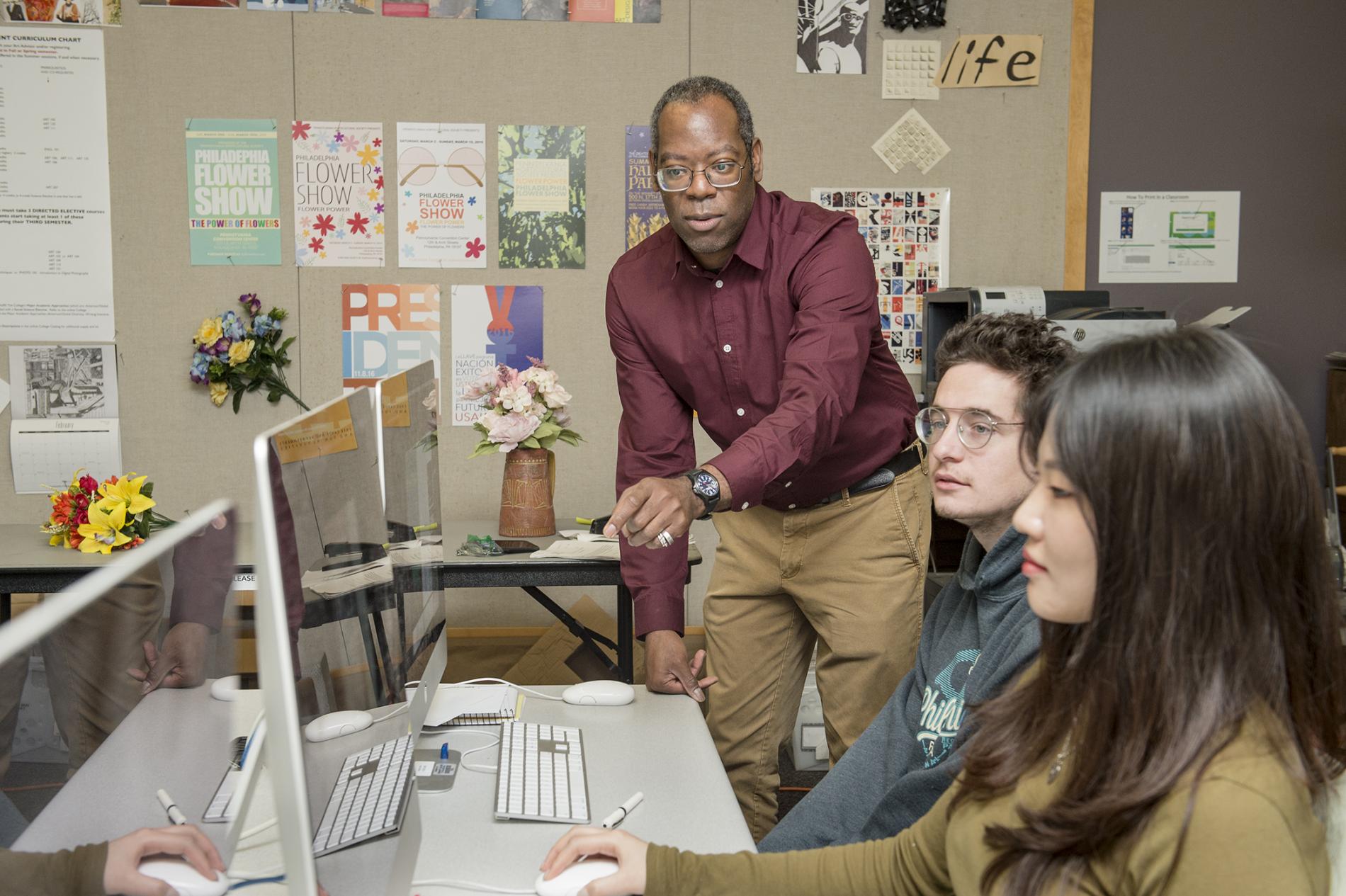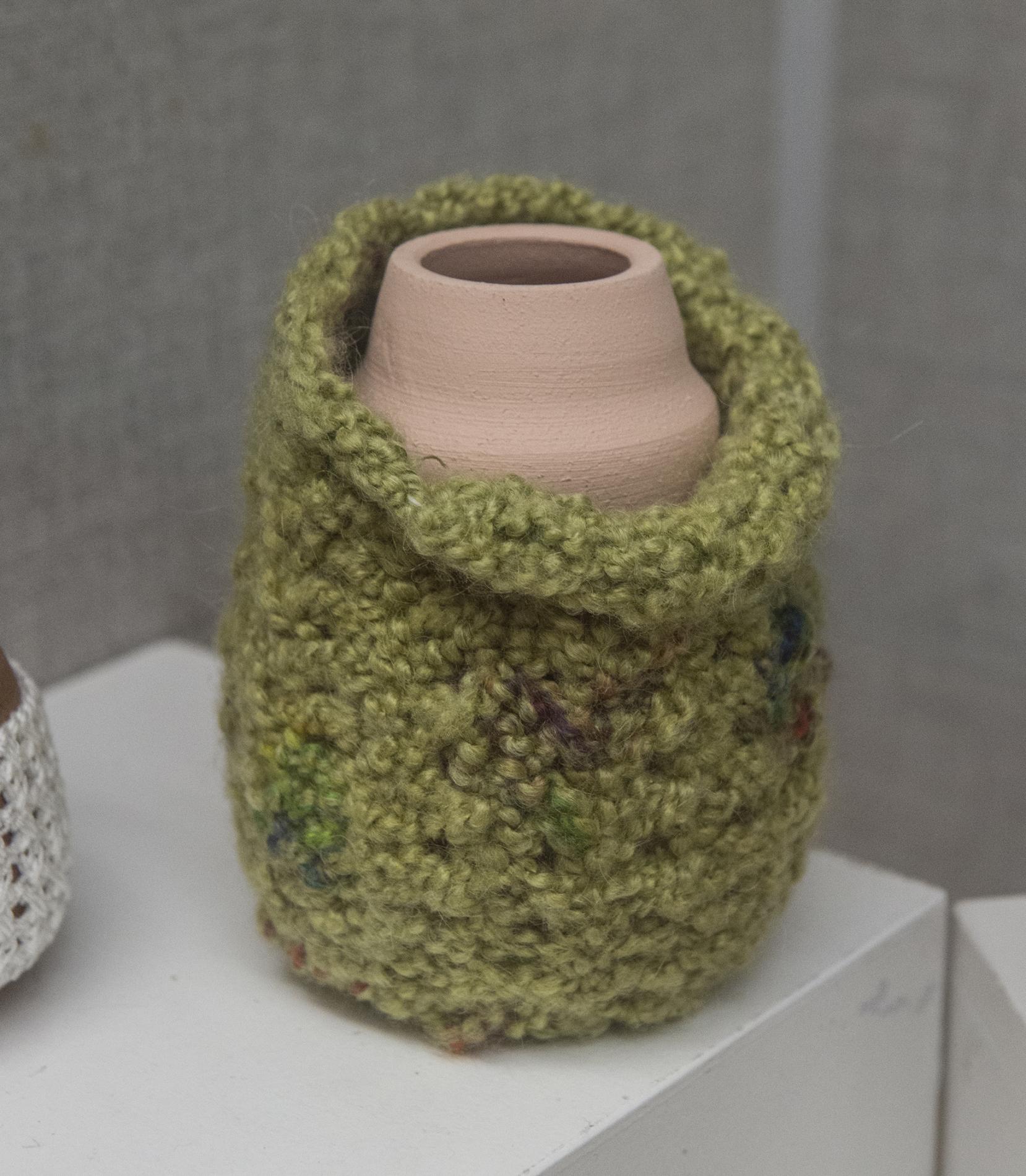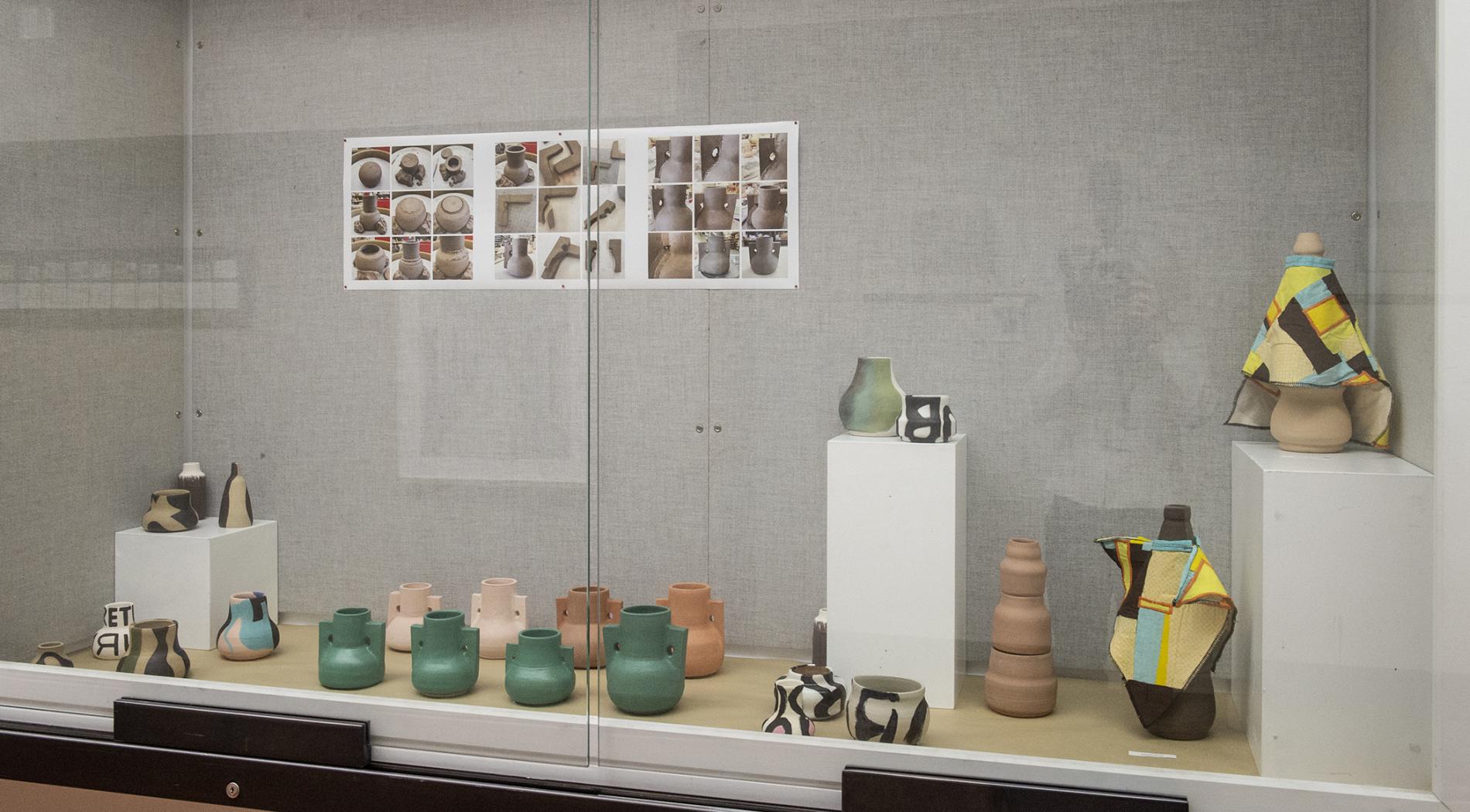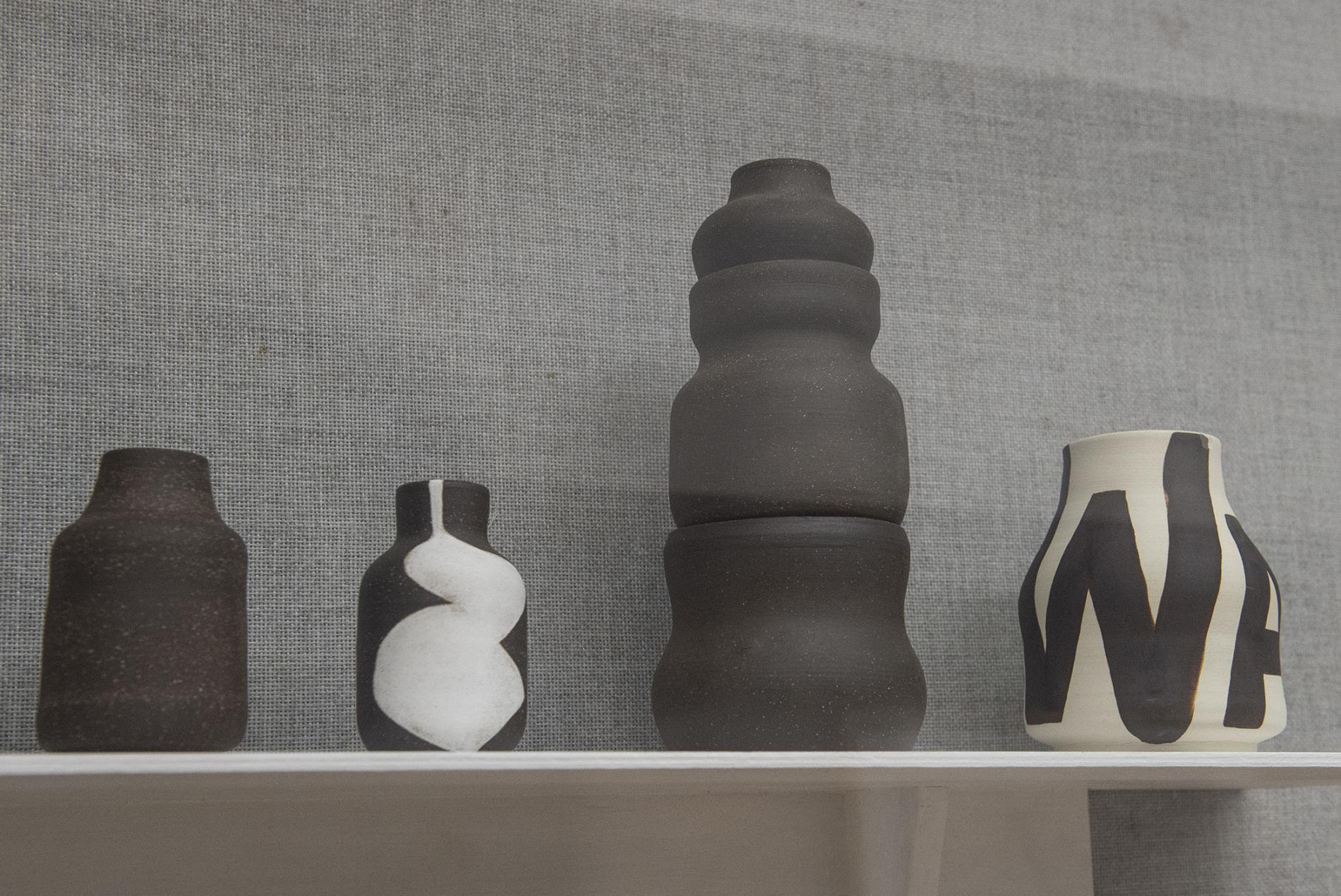Under the Tutelage: Professor Terry Peterson’s Lifelong Love of Learning
Terry Peterson is a graphic designer, and has been teaching Design, Computer Art, and Graphic Design courses at Community College of Philadelphia for more than 25 years. When asked what originally sparked his interest in the graphic design field, he recalls watching a 1980s Diet Pepsi commercial, when he was younger (pictured right).
He notes while most people may have been focused on the fancy jingle and the body types of the models, he felt he was the only one who noticed how the lines in the backgrounds matched the lines on the can of soda He says there was something about those lines – a subliminal message – that literally made a connection. At the time he says he didn’t recognize the commercial as art, but knew that whatever it was, he wanted to learn those skills and be a part of that career.
This led Terry through what he calls “several academic zigzags” early in life until he ended up at the College. Not as a professor, but as a student. After obtaining an associate degree from an unaccredited institution in 1986, and spending the next three years working in commercial art, Terry finally decided to pursue his bachelor’s degree at a local art college. However, he was told that they would not accept his credits from the previous institution, and that he would need to take at least 15 additional credits to enroll in their college — and they suggested the he do that at Community College of Philadelphia, before they would look at his portfolio.
He decided to take classes here at the College in 1989 to see how it would pan out. He says once he got here, he loved it.
“The program was really strong and exciting,” Terry said. “The teachers were very supportive and kind. I loved my experience here and left with an even stronger portfolio than I came in with. But more importantly, I left with more options in terms of schools to get my bachelor’s degree.”
After graduating from the College in 1991, Terry went on to attend Rhode Island School of Design (RISD): one of the first and top-ranking art and design schools in the United States. He majored in graphic design. After graduating, and working in the book publishing industry for several years, he got a call from one of his former CCP professors asking if he would be interested in covering a computer art class for the semester.
 Although hesitant at first, Terry says this professor reassured him that he not only knew the material but that he could excel as a teacher in the classroom.
Although hesitant at first, Terry says this professor reassured him that he not only knew the material but that he could excel as a teacher in the classroom.
“The class started in three weeks from that phone call,” Terry recalled. “My former professors, Bill Woods and Bob Paige, took me under their wings and gave me a crash course in how to properly teach a class. From putting together a syllabus to pacing assignments; through their guidance, I was able to do it, and I truly surprised myself.”
He said while that first semester was not at all perfect, he wouldn’t have made it through without the help and kindness of the College’s Art and Design Department. Amongst the faculty members who continues to stand out is Professor Jeffrey Reed: his former drawing and painting professor.
“Jeff has long been a supportive mentor and is a strong advocate for our department,” Terry said. “He’s been here the longest now and is a strong voice of reason. He’s like a big brother.”
All of the mentorship that Terry has experienced paid off tremendously. In 2016, Terry was a Lindback Award recipient. And last fall he returned from a sabbatical after working in a relatively new discipline for him: pottery. While he has always liked using his hands to create artwork, Terry says he never thought of actually touching clay.
“When I was in enrolled in classes at RISD, I had a roommate who was a ceramics major,” Terry said. “At the end of our first semester, he gave me about 20 pottery pieces from the semester. This was the start of my pottery collection. I’ve amassed a nice collection since then.”
It wasn’t until 2006 when Terry finally gave ceramics a try. One of his former colleagues – Marian Pritchard – first taught him how to work on the wheel. Under her guidance over the course of several weeks, he was able to create about a dozen pieces. But then, didn’t touch the medium for 15 years.
When the idea of taking a sabbatical came around, Terry thought that would be the perfect time to give pottery a proper shot.
“I wanted to show our students that in the art world, and within the variety of classes they take, they can combine their passions and their interests,” Terry said. “That’s what artists do. As someone who specializes in graphic design, that doesn’t mean I can’t also explore and be interested in painting, photography, or pottery.”
He added, “These classes aren’t just for them to get a grade. We look at how we can connect these classes together to create a larger artistic voice for ourselves.”
During his sabbatical in spring of 2021, Terry enrolled in classes at The Clay Studio (then in Old City) for 10 weeks to further sharpen the skills he had lost over the years. He even had a chance to connect with Roberto Lugo, a Philadelphia-born potter, social activist, and educator. Roberto even gave him a few of his pieces.



Pictured above: Pieces from Terry Peterson's pottery exhibit "Under the Tutelage"
Terry’s pottery exhibit, titled Under the Tutelage, showcases his open-mindedness, his evolution in the arts, and his connection with other artists. “That’s what my life has been,” he says.
The exhibit, free and open to the public, is available to view in the Cohen Gallery in the Mint Building until the end of April. Terry showcases up to 35 pieces – even some that he has made with his mother.
When asked to reflect on the significance of his sabbatical, Terry said, “The sabbatical is ongoing. It’s really sparked my interest to continue working within this space; to connect it to graphic design, narrative, bookbinding, printmaking and collage — all of which are disciplines that I love. And to continue to help students find the overlapping connections that exist within their varied classes, disciplines, and studies.”
He added, “I’ve learned to be more patient with myself. I’ve accepted that although some of the work in ceramics may not completely survive — we keep going forward — learn from what might seem to be ‘mishaps,’ and embrace the experiences overall.”